Trainfinder Adelaide: Travelling the length of every train line in a single day
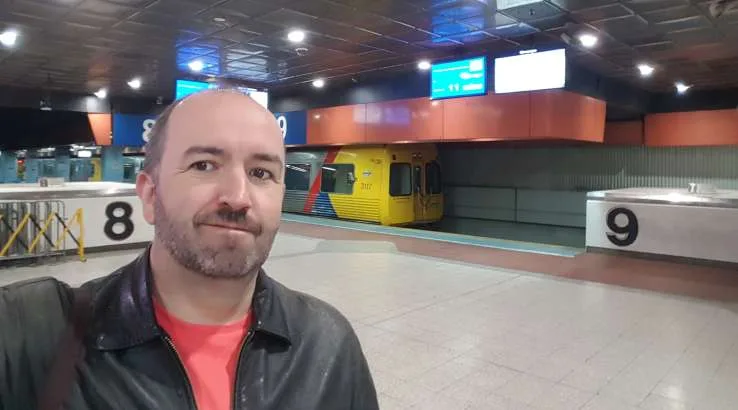
6 lines, 374km, toilet races and indifferent locals.
Throughout 2018, Angus Kidman is undertaking the Trainfinder challenge, visiting every city in Australia and New Zealand with a suburban rail network and travelling across the length of every line in a single day. Learn about why he's doing it and what's involved.
My family comes from South Australia originally, so I'm very familiar with the Adelaide train network. Indeed, in my adult life, it has become clear to me that I know more about the Adelaide system than most of my relatives or friends who still live there. I choose to believe this says more about them than it does about me.
How much train travel are we talking here?
Adelaide has half-a-dozen train lines, the majority of them vestiges of the state-wide broad gauge network that was originally commenced back in 1856. There are now no state-run passenger services to rural towns within the state. The only other trains that visit South Australia are the tourist-oriented Indian Pacific (to Sydney and Perth), the Overland (to Melbourne) and the Ghan (to Darwin).
To the north, trains run to Gawler, Outer Harbor and Grange, while to the south, you can travel to Belair (in parallel to the interstate lines), Tonsley and Seaford (a fairly recent extension from Noarlunga). Tonsley and Grange are both short branch lines.
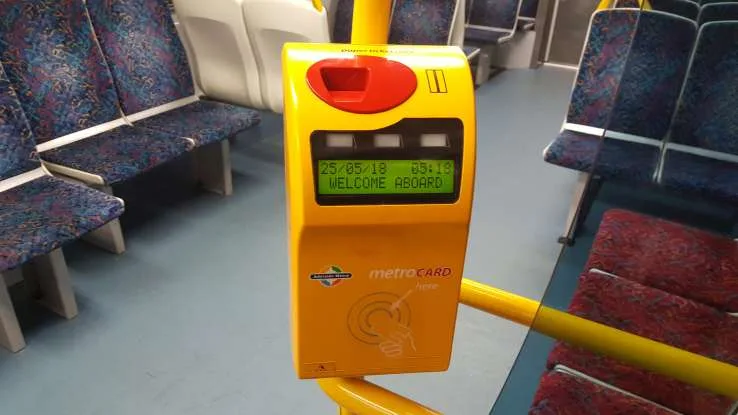
Gawler itself counts as a separate city rather than an Adelaide suburb, but with so few rail lines on offer, there's no reason not to make it part of my day. Adelaide also has its famous tram line running from Glenelg through the city and to the entertainment centre, but I'm not including trams in the Trainfinder project. While the stretch from Glenelg to the south of the CBD is in fact on a reclaimed train line, anything that runs on the street is a different beast as far as I'm concerned.
Like Wellington, my previous Trainfinder destination, Adelaide eschews ticket machines or staff at most stations, and the only location with ticket barriers is the main city station. Despite maintaining its Victorian exterior, this is also a shadow of its former self, with most of the main building given over to a casino (ugh).
While Wellington solved the issue of how to buy tickets from outlying stations by putting conductors on every service, Adelaide takes a more high-tech approach, with ticket machines on board every train.
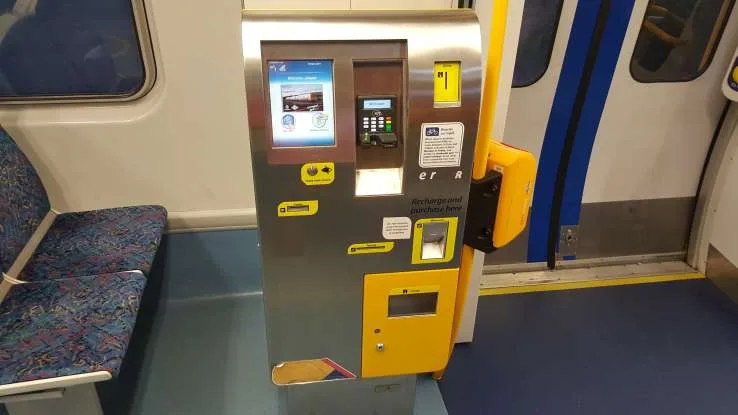
Adelaide also has a smart card for regular travellers, the metroCARD. I'm not using it today, however, as it's cheaper to buy the $10.20 Daytrip magnetic stripe ticket, which gives me unlimited travel on trains (and buses and trams) for the whole day.
Unlike most cities, this isn't restricted to use outside peak hours. I'm supposed to validate it when I board every train. Spoiler alert: I don't see a single guard to actually check the ticket throughout the entire day.
Covering the whole of Adelaide's network took me around 6 hours and 14 minutes (station breaks not included) on Friday 25 May 2018. Here's what went down and what I learned.
Adelaide-Grange 5:27am-5:49am
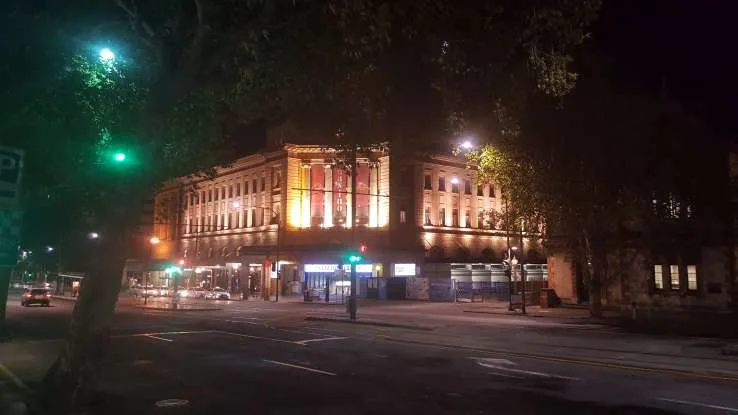
There are not a lot of people at Adelaide's main station first thing in the morning. There are, however, quite a lot of trains, since many are held at the station overnight. In practice, this means that most platforms have two trains on them, and you have to walk all the way to the end in order to board outgoing services. That's certainly the case for me. To get to the 5:27am, I first have to make my way past the 5:57am.
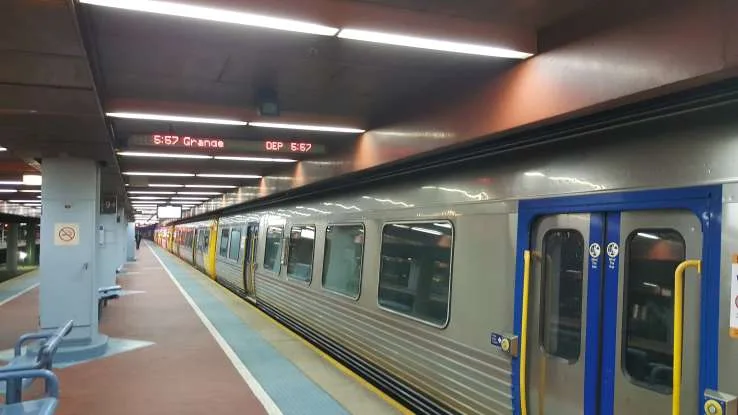
The first train of the day is a pretty standard beast. It's fairly clean and modern, has two seats on either side and there's no choice about which way they face. The internal design is near-identical to much of Melbourne's network. It's only two cars, which makes sense at this hour of the day.
Unsurprisingly, there's no-one else on board for the first journey. We do get station announcements though. Observation: whoever was hired to record the line information should have been directed to be 3,500% more perky.
Oddest station name on this line: Kilkenny (shades of South Park)
Grange-Woodville 6:01am-6:09am
It's still dark when we reach Grange, and the only passenger to board appears to be another railway staffer. This is the first station I've ever visited which is immediately adjacent to a petrol station.
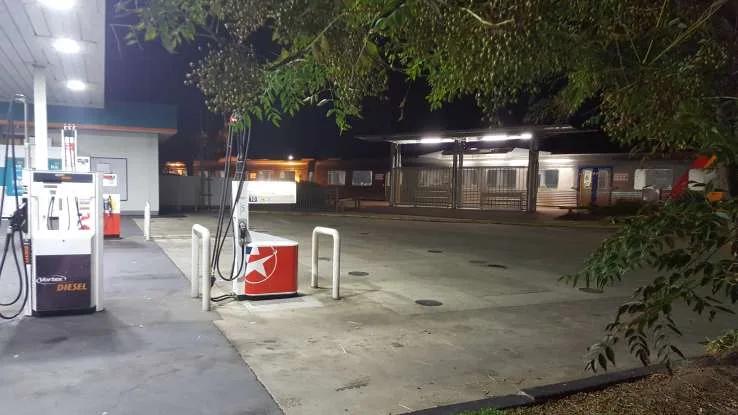
I don't get much chance to see if the train will fill up closer to town as I change at Woodville to hit the Outer Harbor line. There's not a lot going on at Woodville at this hour either.
Woodville-Outer Harbor 6:26am-6:52am
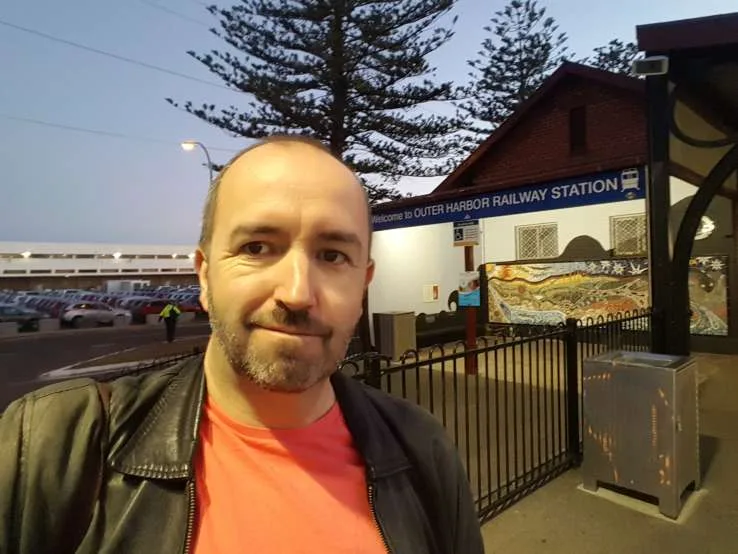
Note for spelling pedants: yes, it is Outer Harbor without a U. South Australia goes in for this spelling a bit. You can also see it at Victor Harbor and some other lesser-known harbours.
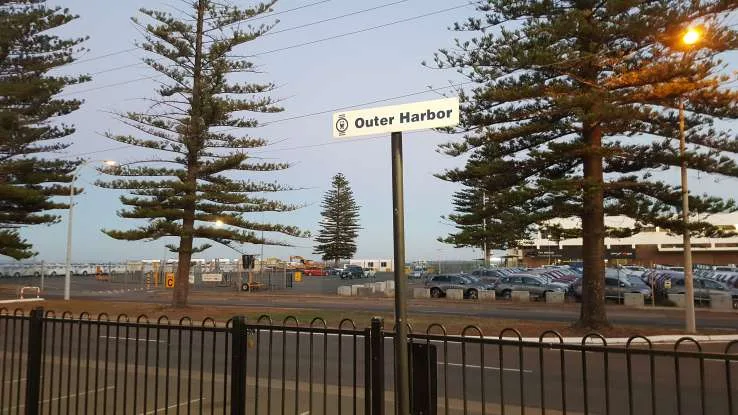
Oddest station name on this line: Taperoo (shades of Skippy The Bush Kangaroo as seen on Fast Forward)
Outer Harbor-Adelaide 6:58am-7:32am
The sun is beginning to emerge at Outer Harbor, and so are the passengers. We're not yet hitting rush hour but we're early enough to be attracting city workers and school students, no doubt helped along by the fact that we run express all the way from Port Adelaide to the centre. I don't end up with anyone sitting next to me, but there aren't too many seats to spare.
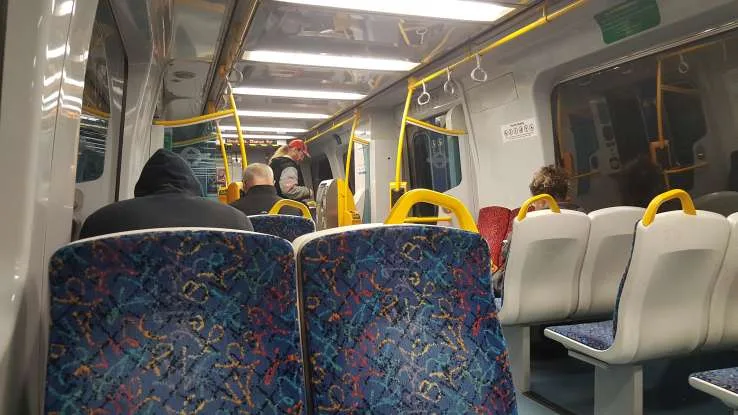
By the time we arrive back in town, we are running a few minutes late. I push through the crowds (this is the busiest I'll see Adelaide station all day, incidentally) and grab a quick bite to eat before heading back to grab the train to Belair.
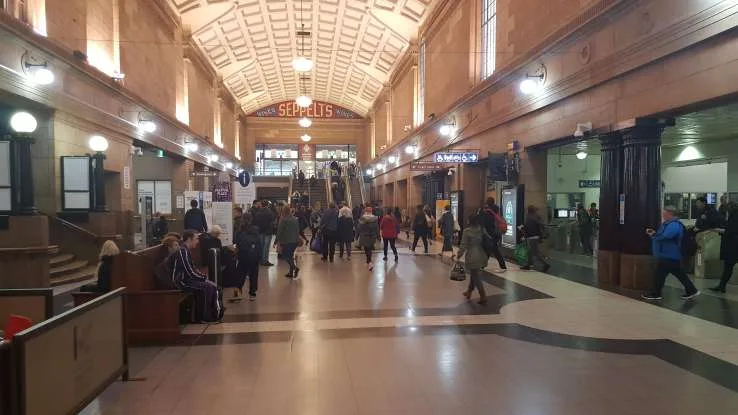
Adelaide-Belair 8:01am-8:40am
Adelaide doesn't have an astoundingly busy service, but that doesn't stop finding my next train from being a right royal cluster. All the indicator boards tell us that the 8:01am Belair service will be departing from platform 9, but the sign on the platform is blank. A friendly staffer checks on his walkie talkie and says to "wait and see".
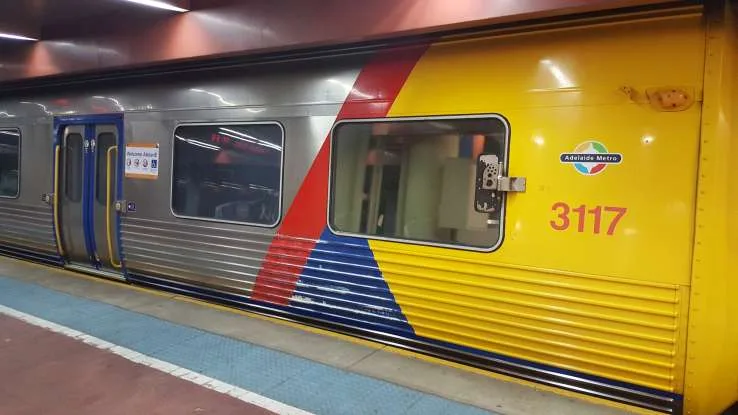
At 7:58am, we're told that the Belair service will be departing from the train now on platform 8. At least it's directly opposite. I board the train in the front carriage, and a minute later another train pulls onto platform 8 in front of us. Either it's going to have to leave again or we've been sent to the wrong train. It turns out to be the latter.
"Knob ends don't know what they're doing," the helpful staffer notes as I move from one set to the other. No loudspeaker announcement is made to indicate the switch. As a result of all this kerfuffle, we end up leaving several minutes late.
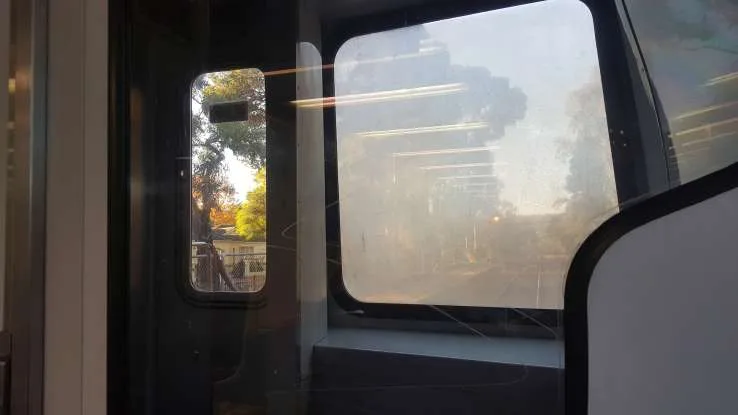
The Belair line, which winds up through the Adelaide Hills, offers the most attractive vistas of any Adelaide service. You can maximise the impact by getting in the very front seat, which offers a view through the train's front window. Unfortunately, today's specimen has fairly scratched glass, which makes that less appealing than usual.
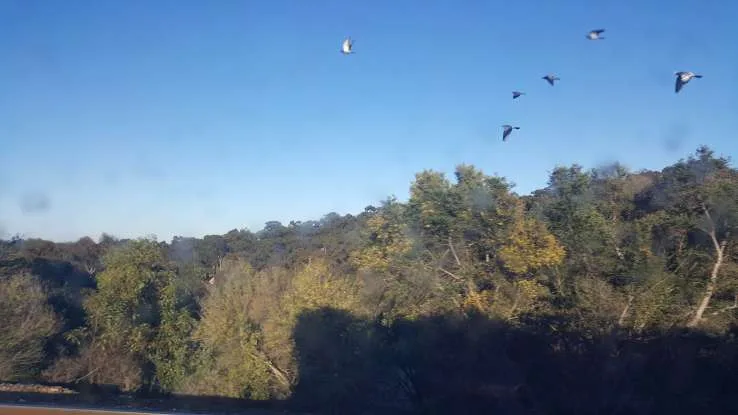
Note for spelling pedants: locals will mock you if you pronounce "Belair" in the manner of "Bel Air", the well-known flashy area of Los Angeles. For the full South Aussie effect, say it as if it only has one syllable.
Oddest station name on this line: Belair (for reasons discussed in the previous paragraph)
Belair-Adelaide Showground 8:50am-9:22am
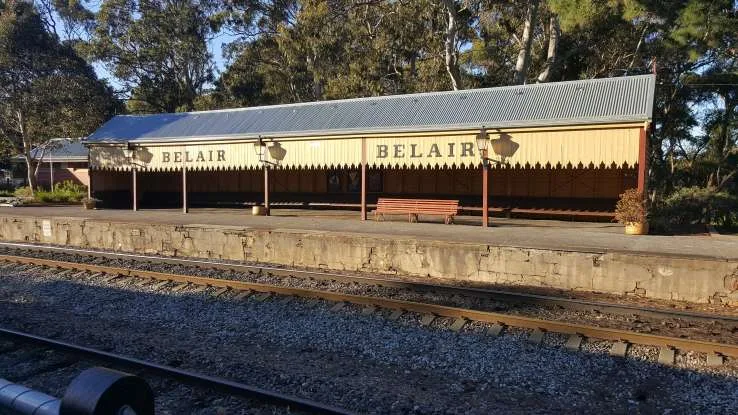
Belair station is immediately adjacent to a national park, but with our late-arriving service, I've no time to even race out and grab a shot. A couple of quick platform images and we're away again.
"As we are travelling on a single-track line, we just need to wait momentarily for another train to pass," a recorded announcement reveals at Blackwood. That's not the only activity. Shortly afterwards, a freight train goes past, which is pleasing. While the passenger line is a single-track line, the national standard gauge line runs alongside it, one of the rare bits of evidence that trains can go outside the capital city in South Australia if needed.
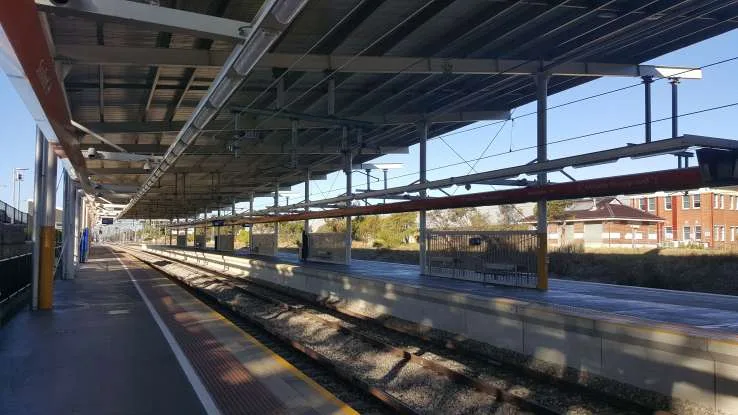
Confession: my original plan was to change trains at Goodwood, which is the first point where the Belair and Seaford lines meet. However, I get distracted by a work Slack conversation and ended up switching one stop down at Adelaide Showground.
Arguably it's a more noteworthy station, being a recent addition to replace the suburban station at Keswick, which itself sat just adjacent to Adelaide Parklands station, which is where interstate trains now land because it's too much hassle to send them into the city.
Adelaide Showground-Seaford 9:32am-10:16am
One reflection of this modern status is the button you can press so that vision-impaired people can hear an announcement of the next incoming train.
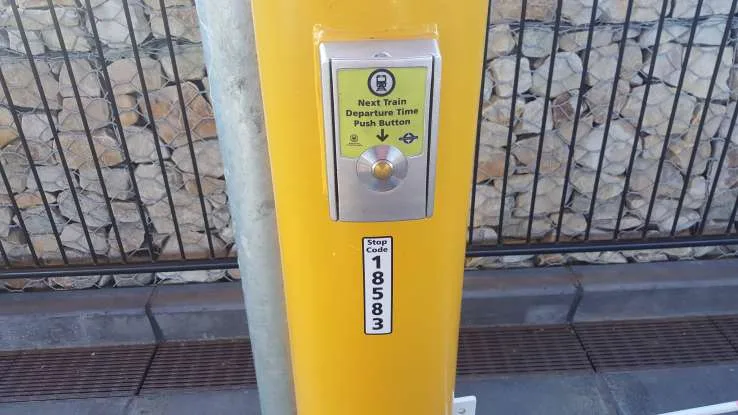
Another indication is the fact that the train I eventually board is a slightly newer and shinier model, though the basic layout is the same. Less modern is the fact that both the train I've stepped off and the one I step onto are running late. This can't be blamed on the crowds. The trains aren't empty, but they're certainly not full. At least we get occasional glimpses of the ocean as the line winds south.
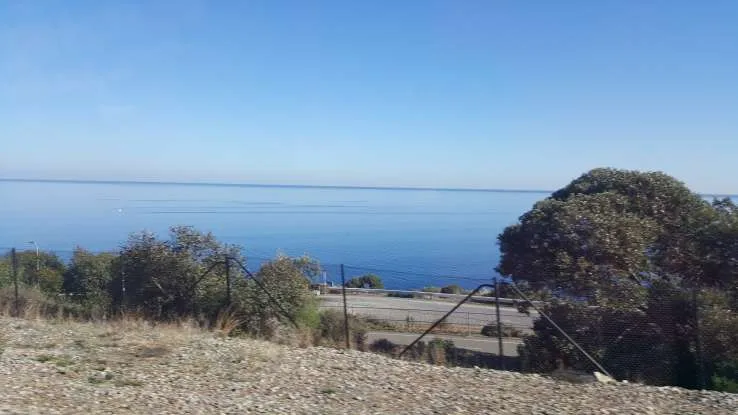
Oddest station name on this line: Hallett Cove Beach (because when is a cove not on a beach? Adding to the weirdness, there is a separate Hallett Cove station as well.)
Seaford-Woodlands Park 10:23am-10:57am
At the Seaford terminus, you can step straight off the train and onto a waiting bus. I don't, of course, but enough people are hanging around to suggest it's a popular move for some.
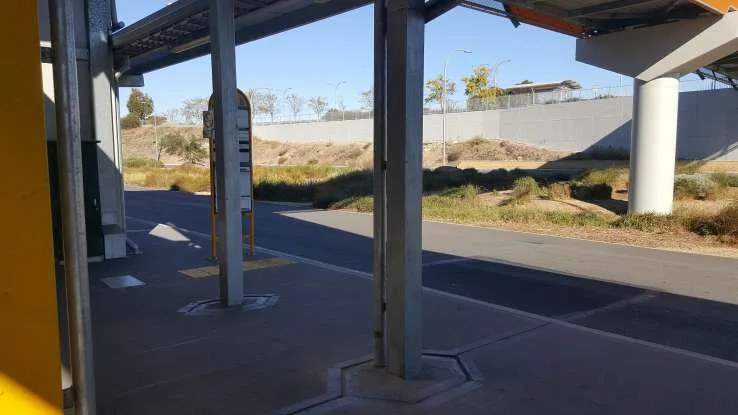
One of the unexpected pleasures of Brisbane's train network was how clean the toilets were. Adelaide doesn't have this issue because so far the only toilets I've seen are at the main station. (They're fine, but Brisbane's are better.) By the time we reach Woodlands Park, the site of my next interchange, I'm (ahem) busting for a slash.
Woodlands Park-Tonsley 11:19am-11:26am
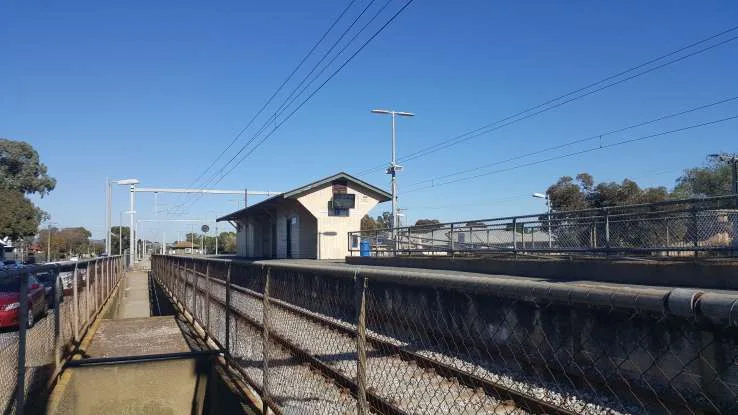
Woodlands Park doesn't offer its own toilet, but there's a shopping centre about an 8-minute walk away. This should be doable, except that we get in late. I decide to risk it, but end up having to run all the way back to be sure of making my service. I was not built for this, frankly.
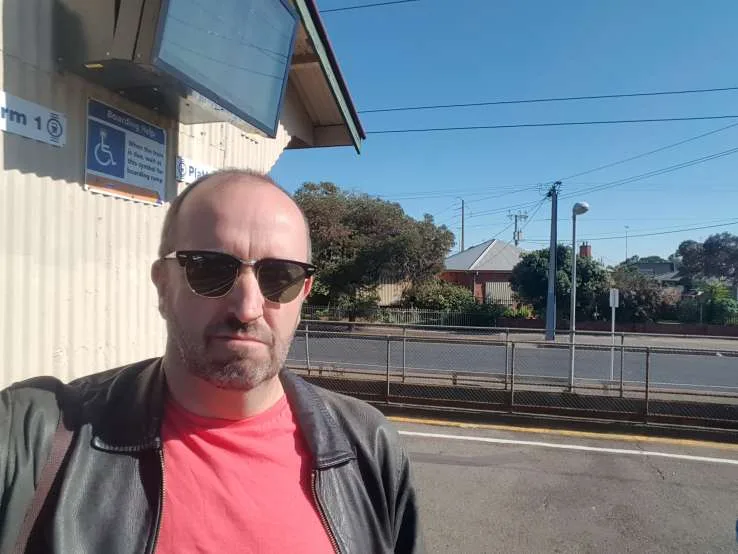
Oddest station name on this line: Woodlands Park (the woods are not much in evidence)
Tonsley-Adelaide 11:39am-12:02pm
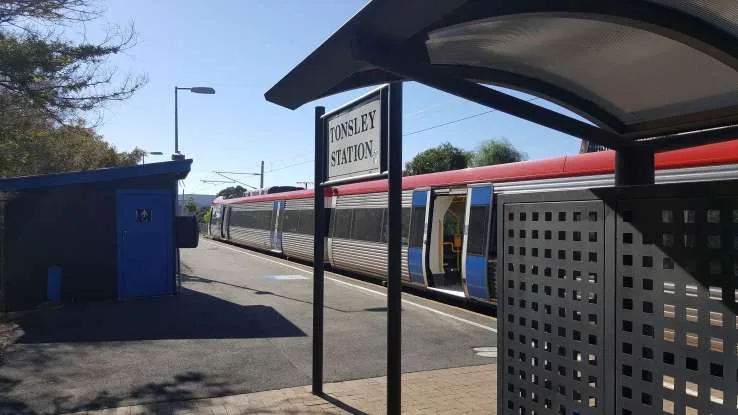
To add insult to potential bladder injury and my aching lungs, when we reach Tonsley there appears to be a toilet on the platform. However, it's locked. (My guess is that it's only for the use of the drivers.)
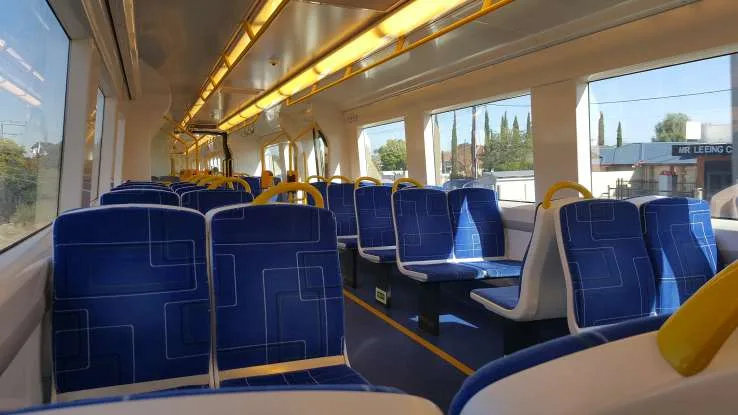
Tonsley also offers a reminder of how the state government keeps train maintenance costs down. There's an "adopt-the-platform" scheme where local community groups undertake cleaning and maintenance. Tonsley is maintained by the Rotary Club of Marion, who appear to be doing a solid job.
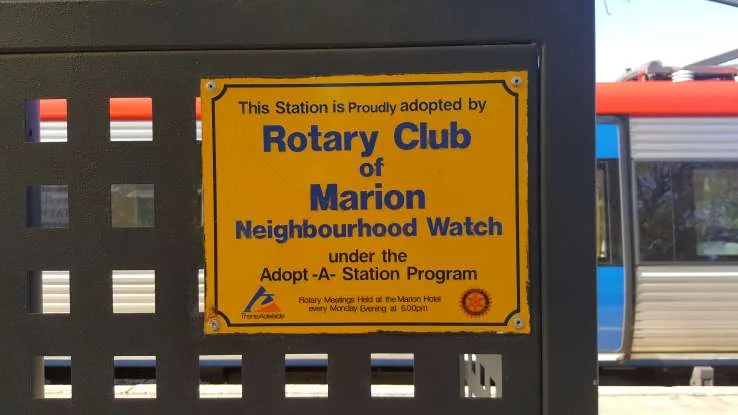
Somewhat ambitiously, there's also a warning to people to watch out for passing trains at the very end of the line, even though the buffers make it evident that no train is actually going to come this far. (The line has never run any further than Tonsley, having been constructed originally to serve a nearby car manufacturing plant. There are proposals to extend it to Flinders Medical Centre but there's no concrete timetable yet.)
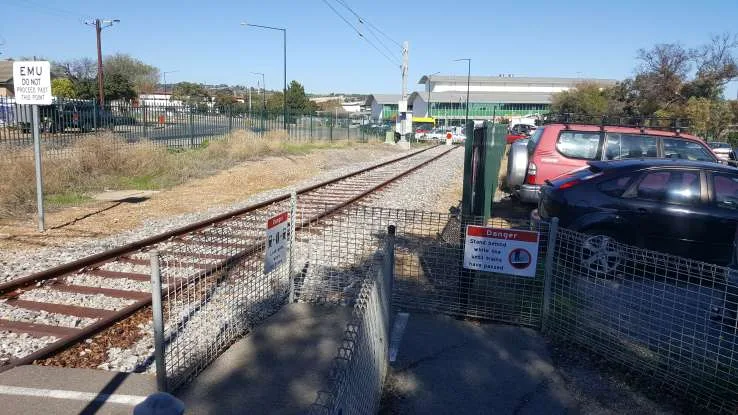
Adelaide-Gawler Central 12:38pm-1:33pm
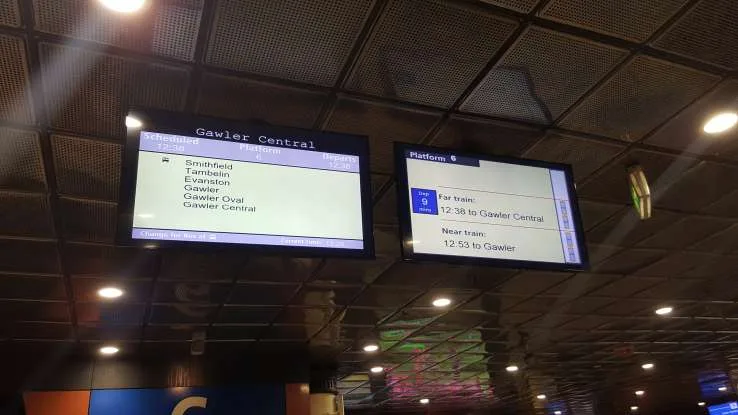
After returning to the city and another quick session of stuffing my face, it's time to venture to Gawler Central. Some 54km from Adelaide Station, this is the longest run of the day. Again, the line used to venture much further, all the way into the Barossa Valley, though there weren't regular passenger services that far even when I was a kid. Much of that line stayed in use for a local stone quarry until 2016, but it is now largely moribund past Gawler. I live in hope that one day the Barossa Wine Train will return.
In the meantime, Gawler and some interim suburbs get a relatively frequent service. Services to Gawler itself tend to stop at most stations, while Gawler Central gets an express service.
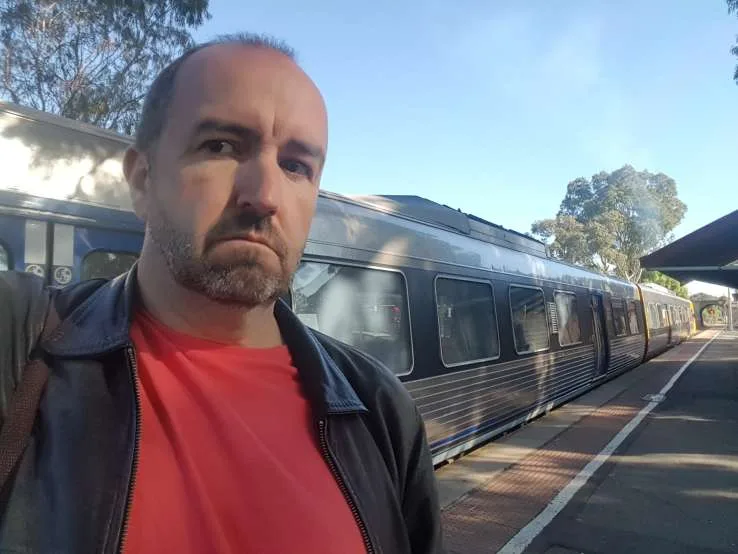
Many of these suburbs have a reputation for being – how shall I put this? – slightly rough as guts. I do overhear one telling piece of conversation: "Are you at the magistrate's court?" And I can't help noticing how often we hear the security warning: "South Australian police officers regularly travel on board public transport services." That said, the journey passes without incident.
Oddest station name on this line: Kudla (shades of Cuddly)
Gawler Central-Adelaide 1:47pm-2:41pm
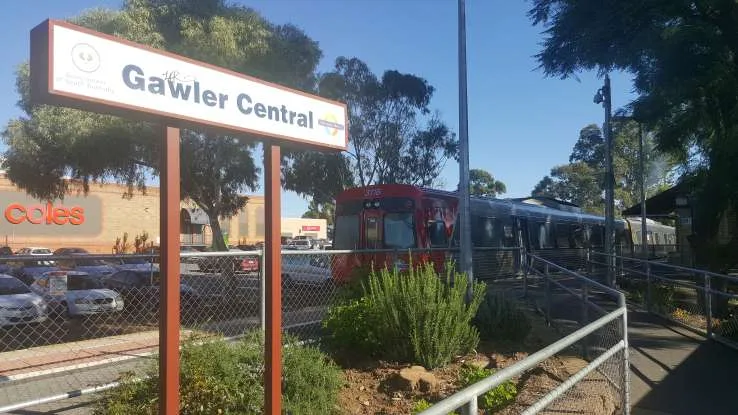
There's a handy branch of Coles directly opposite Gawler Central, so I pop in to grab a bottle of mineral water for the return journey. (At least I know there's a toilet at the other end.) Again, the service fills steadily as we approach the city centre. Adelaide residents might not pack their trains, but they're not being ignored entirely.
What I learned
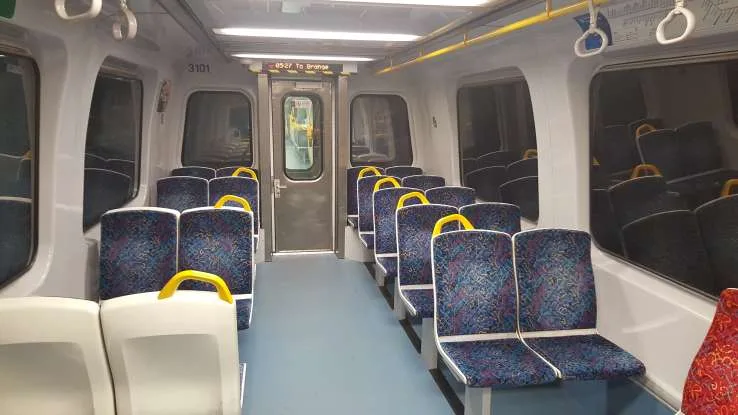
On the plus side: the Daytrip ticket is great value, all the trains appeared to operate properly, and the lack of staffing doesn't seem to have led to mass vandalism at terminal stations.
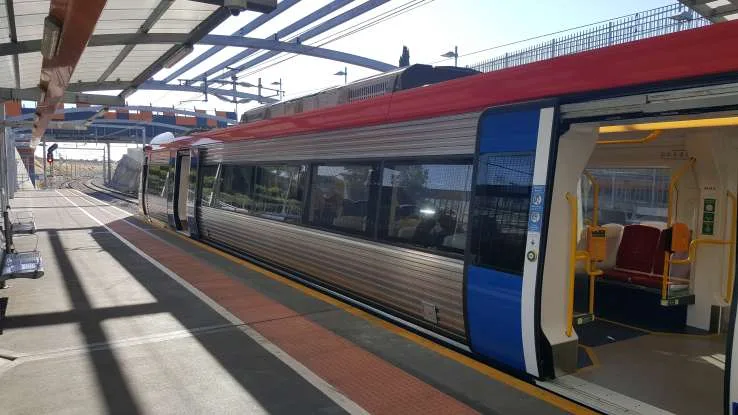
Less pleasing: nothing ran on time. I'm glad I'd put together a schedule which had sensible gaps at the end of lines because anything that relied on a sub-5-minute interchange clearly wasn't going to cut it, even if all I had to do was cross the platform.
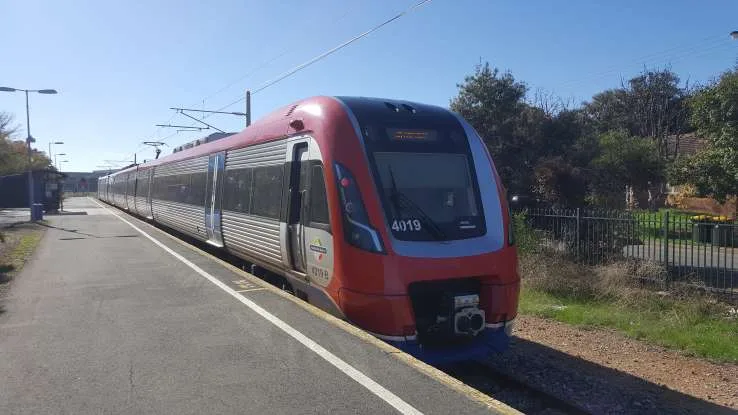
The next antipodean leg of Trainfinder isn't until July, when I'll be checking out the Hunter Line, arguably the only suburban train network operating outside a capital city. But before that, there will be a June European bonus, where I visit every single airport in London by train in a day. Catch you then!
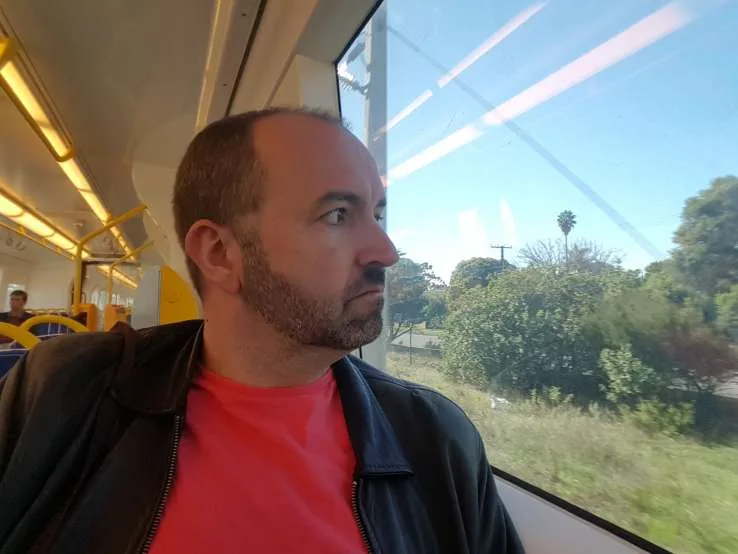
Angus Kidman's Findings column looks at new developments and research that help you save money, make wise decisions and enjoy your life more. It appears regularly on finder.com.au.
Trainfinder: The whole story
- Trainfinder Sydney: Travelling every train line in a single day
- Trainfinder Perth: Travelling every train line in a single day
- Trainfinder Auckland: Travelling every train line in a single day
- Trainfinder Newcastle: Travelling every train line in a single day
- Trainfinder Wellington: Travelling the length of every train line in a single day
- Trainfinder Brisbane: Travelling the length of every train line in a single day
- Trainfinder: Travelling every suburban train line in Australia and New Zealand
Pictures: Angus Kidman
